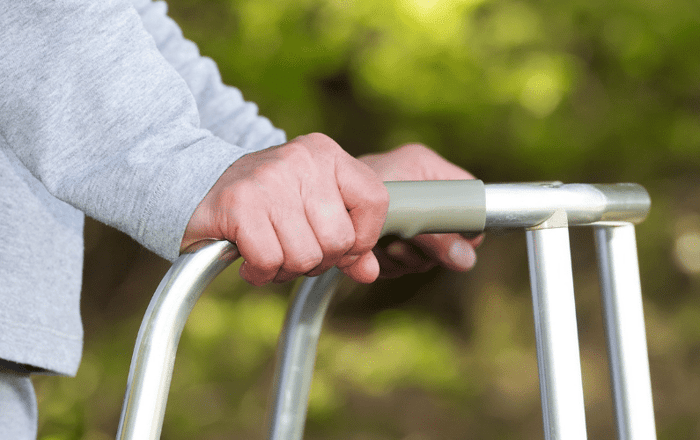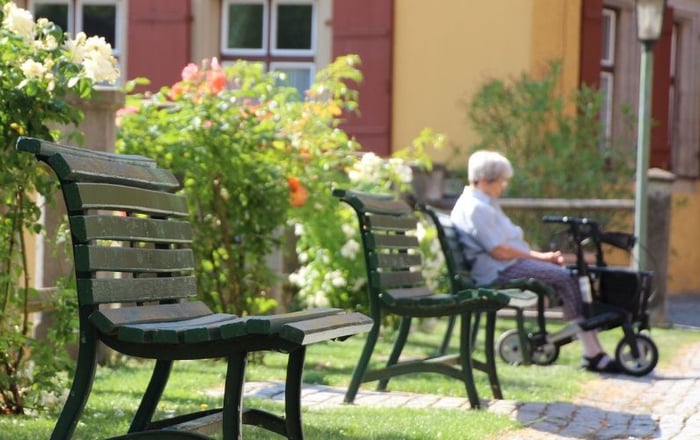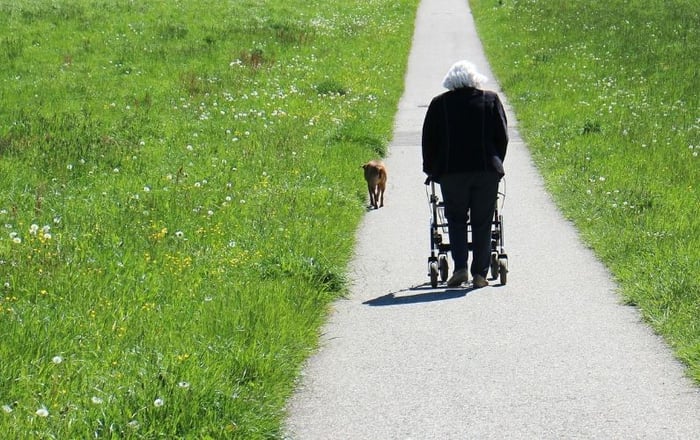7 Handy Tips on How to Choose the Best Roller Walkers for Seniors
If an elderly loved one is in need of a helping hand when it comes to mobility, here are a few tips on how to choose the best walkers for seniors.
Two-thirds of people over the age of 65 have trouble walking or climbing. Of these same individuals, a wide array of them requires some type of mobility assistance device.
While there are several options to choose from when it comes to mobility assistance, walkers for seniors are one of the most popular options. The problem is there are a lot to choose from.
If you are a senior looking for mobility assistance or have a loved one who needs a walker, then knowing how to find the right/best one is essential. Some tips to help you make this important decision can be found here.
Selecting the Right Type of Walkers for Seniors
Walkers provide the support seniors need if they have limited mobility. Some of the most popular designs and styles are listed here.
In some cases, you will have to use trial and error to determine which walker is right for you. Getting to know the options will help you narrow them down to the ones that best suit your needs.
The Standard Walker
This walker is typically equipped with four, non-skid legs with rubber tips. They help provide the stability a senior needs to move from place to place.
Because there are no wheels, this walker must be picked up to move forward or backward, which is challenging for some seniors.
The Two-Wheel Walker
With this design, there are wheels on the two front legs. It is the right option if the senior needs some, but not constant, weight-bearing assistance.
The Three-Wheel Walker
This provides balance support similar to a four-wheel walker. However, it is much lighter and easier to maneuver.
The Four-Wheel Walker
If your senior loved one does not need to lean on the walker for support, then this is the right option. It provides help with balance, but it's not ideal if they need weight-bearing support.
The Knee Walker
This is very similar to a foot-propelled scooter. However, it has a platform for you to rest your knee on.
Choose the Right Grip
The majority of walkers available today are designed with plastic grips. This is a durable material that is also affordable for manufacturers to use. However, there are other options as well.
You may want to consider choosing a walker with soft grip covers or foam grips. This is especially beneficial if the senior’s hands tend to get sweaty.
If an individual has a hard time grasping the handles with their fingers because of arthritis or another type of joint pain or nerve problems in the fingers then they may need a larger grip.
Selecting the proper grip is going to help to relieve any unnecessary stress on your joints, and it can help to prevent any type of joint deformity. Whichever grip you opt for, it’s important to make sure it is secure. This will ensure it doesn’t slip while the walker is being used.
Getting the Proper Size Walker
It’s important to adjust the walker so that it fits your senior loved one’s arms comfortable. This is going to help to reduce stress on their back and shoulders as the walker is used. Keep in mind, getting a walker that is the right size is crucial to being able to use it comfortably and safely.
To determine if a walker is the right size, it’s important to use the two determining factors found here.
Elbow Bend
The senior needs to keep their shoulders relaxed and place their hands on the walker’s grips. The elbows should be positioned at a comfortable angle of approximately 15 degrees.
Wrist Height
It’s also important to look at the wrist height. Stand inside the walker and relax arms to the side. The very top of the grip of the walker should be lined up with the crease on the interior portion of your wrist.
Transport Options
Do you have a senior loved one who needs a walker that can be used at home and at doctor’s appointments, the grocery store, and other locations? If so, then finding a foldable option is best. This will ensure it can be taken on the go and be easily stowed in a vehicle when not being used.
Make sure to consider factors like the size of the walker when fully folded as well as the size of the vehicle it is going to be transported in. This will help ensure you get the right walker for your needs.
Additional Features
Modern walkers pair mobility support with convenience. You can find several additional features that make walkers even more beneficial for yourself or your senior loved one.
Some favorite features available on a wide array of walkers today include:
- A seat
- A storage basket
- Cup holders
- Hand brakes
- Food trays
Each of these features makes the walker even more convenient and beneficial for you or your senior loved one. Be sure to consider what is really needed as each additional feature is going to drive the cost up a bit more.
Selecting the Right Walker: Now You Know
When searching for the right walkers for seniors, be sure to keep the information here in mind. This will help ensure the right option is found and that it fits your needs or the needs of your senior loved one.
As you can see, purchasing the right mobility aid takes a bit of time and consideration. If you are looking for additional help, such as information on incontinence, check out our selection of bed wetting alarms. These can help minimize accidents and make life easier for you and your senior loved one.










